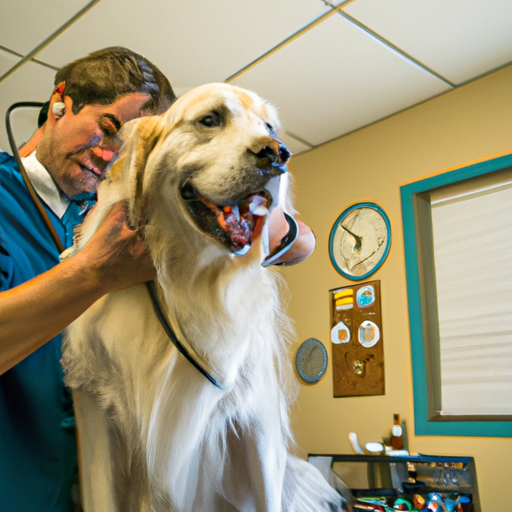As a dedicated caregiver to your furry friend, it’s important to know how to perform basic health checks. One such check is your dog’s pulse rate. It provides valuable insight into your pet’s health, and could potentially save their life in an emergency situation.
Why is Checking Your Dog’s Pulse Important?
Checking your dog’s pulse can give you a glimpse into their overall health. A normal heart rate for a dog varies depending on factors such as size, age, and overall health condition. Any significant changes in your dog’s pulse can signal potential health issues, from dehydration to more serious issues like heart disease.
- Small dogs and puppies: Their heart rates are typically faster than larger or older dogs.
- Medium to large dogs: They will generally have a slower heart rate.
- Elderly dogs: Their heart rate may fluctuate due to age-related health issues.
Locating Your Dog’s Pulse
Your dog’s pulse can be found in a few different places, but the easiest and most common spot is the femoral artery, which is located on the inside of the thigh.
- Lay your dog on their side.
- Place your fingers on the inside of the thigh, about halfway between the hip and knee.
- Apply gentle pressure until you can feel the pulse.
Measuring Your Dog’s Pulse
Once you’ve located the pulse, it’s time to measure it.
- Set a timer for 60 seconds.
- Count the number of beats you feel within that minute.
| Dog Size | Average Resting Heart Rate |
|---|---|
| Small dogs | 90-120 beats per minute |
| Medium dogs | 70-110 beats per minute |
| Large dogs | 60-100 beats per minute |
When to Worry About Your Dog’s Pulse
A significantly high or low pulse can be a cause for concern. If your dog’s pulse is either too fast or too slow, or if you notice any irregular rhythms, it’s time to consult a vet.
- Fast pulse: Could indicate pain, fever, or dehydration.
- Slow pulse: Could signal heart disease or other serious illnesses.
Frequently Asked Questions (FAQs)
Q: How often should I check my dog’s pulse?
A: As a general rule, you should check your dog’s pulse once a month. However, if your dog has a health condition, you may need to check it more frequently.
Q: What if I can’t feel my dog’s pulse?
A: If you’re having trouble, try moving your fingers around or pressing a little harder. If you still can’t feel it, consider seeking help from a vet.
Q: What should I do if my dog’s pulse is abnormal?
A: If your dog’s pulse is unusually high or low, or if it’s irregular, you should contact a vet immediately.
Remember, you know your dog better than anyone else. If something doesn’t feel right, it’s always better to be safe and seek professional advice. Being able to check your dog’s pulse is just one way you can be proactive about their health. After all, a healthy dog is a happy dog.



